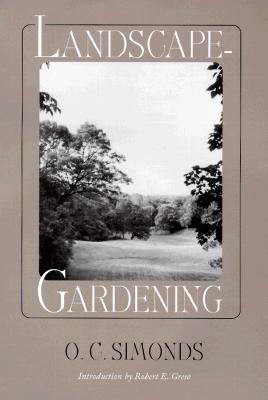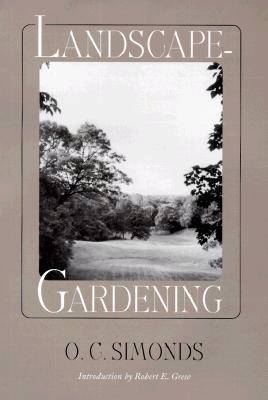
- Retrait gratuit dans votre magasin Club
- 7.000.000 titres dans notre catalogue
- Payer en toute sécurité
- Toujours un magasin près de chez vous
- Retrait gratuit dans votre magasin Club
- 7.000.0000 titres dans notre catalogue
- Payer en toute sécurité
- Toujours un magasin près de chez vous
Description
Ossian Cole Simonds (1855-1931) was one of the country's earliest and most important landscape architects, the progenitor of the middle-western movement of landscape design. He laid out college campuses, arboreta, estates, parks, and the much admired Graceland Cemetery in Chicago. He was also an influential teacher, author, and founder of university programs in landscape architecture, and the only midwesterner among the eleven charter members of the American Society of Landscape Architects. First published in 1920, Landscape-Gardening presents Simonds's carefully conceived and still timely ideas about an approach to landscape design in which nature is both partner and model. In eighteen well-illustrated chapters, he addresses the design of many different types of landscapes--from residences to parks to school grounds--and recommends an approach based on respect for natural systems and acceptance of stewardship responsibility. Many of Simonds's ideas were remarkably prescient. He encouraged the use of native plants; he called for the protection of land for aesthetic as well as utilitarian reasons; he championed interconnected park and boulevard systems or greenways; he encouraged the planting of nature gardens; and he proposed thoughtful solutions to the increasingly ragged edges of early twentieth-century cities, warning of sprawl long before the word was invented. Simonds wrote his book in response to what he saw as alarming changes in the American landscape. Through it, he hoped to teach both professional and general audiences how to read the natural landscape, and to respect and protect its beauty while creating ever more harmonious places in which to live. This reprint edition includes a new introduction by Robert E. Grese, which places Simonds's gracefully written text in historical perspective, elucidating many of the broad themes of the profession's early years. Published in association with Library of American Landscape History: http: //lalh.org/
Spécifications
Parties prenantes
- Auteur(s) :
- Editeur:
Contenu
- Nombre de pages :
- 368
- Langue:
- Anglais
- Collection :
Caractéristiques
- EAN:
- 9781558492585
- Date de parution :
- 27-09-00
- Format:
- Livre relié
- Format numérique:
- Genaaid
- Dimensions :
- 148 mm x 225 mm
- Poids :
- 684 g

Les avis
Nous publions uniquement les avis qui respectent les conditions requises. Consultez nos conditions pour les avis.






